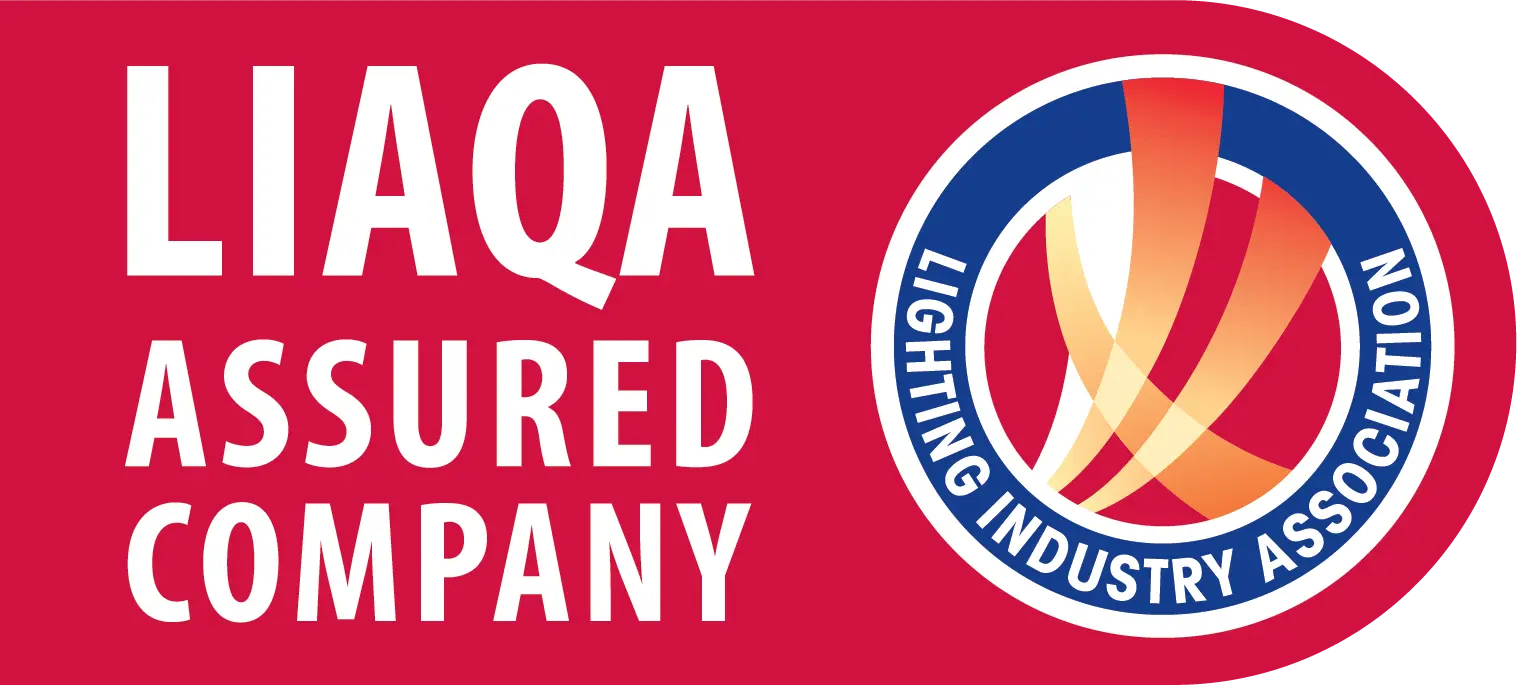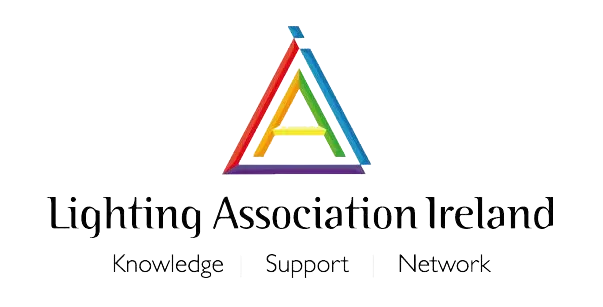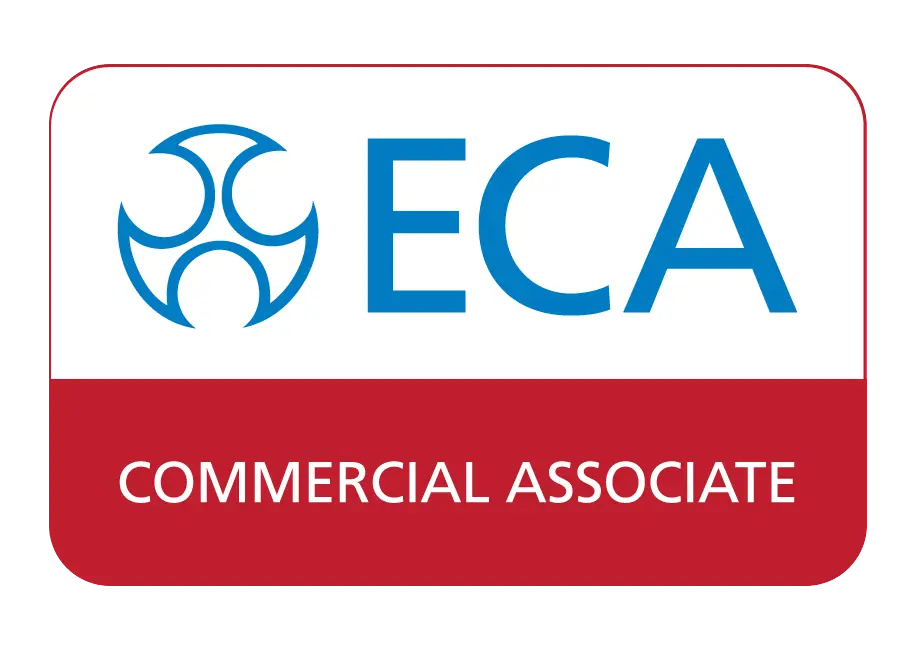Human Centric Lighting (HCL) takes into consideration how lighting affects occupant wellbeing, productivity, and comfort in the built environment.
HCL allows us to adapt lighting to reflect people’s needs in different environments and scenarios. The objective is to create more comfortable and healthier spaces using appropriate lighting. Visual, biological and psychological effects of light have a direct impact on our mood, productivity and health.
Daylight is the most important guide our bodies use to create a well-balanced and natural circadian rhythm. The circadian rhythm is our internal process that regulates the sleep–wake cycle and repeats roughly every 24 hours. To support people’s circadian rhythms, HCL imitates daylight brightness and colour temperature.
HCL can enhance the quantity and quality of sleep for example, or reduce stress by regulating melatonin and cortisol production. This is claimed to have a range of human health benefits, including, possibly, reducing the risk of illness.
Why is human centric lighting important?
Prior to the invention of artificial light, the only source of natural light was sunlight and moonlight. Our human biology has evolved in response to the day and night lighting cycle.
There are two aspects to the sunlight cycle:
-
The light flux varies the illuminance through the day and disappears at night.
-
The blue-cyan content of the daylight also varies with time through the day. This type of light is called “melanopic light”, because of the way in which it is detected by a pigment called “melanopsin” in the non-visual sensors in the eye. Melanopsin light sends signals to the brain and produces effects in the body which have nothing to do with our vision, but are central to our human biology.
What is melanopic light?
The melanopic light content is low at dawn and dusk, because blue-cyan light is scattered out of the beam as the sunlight glances off the earth’s atmosphere. As the sun rises further, the path length through the atmosphere shortens, and more of the melanopic blue-cyan light gets through. Cells in the retina respond to blue-cyan spectral content of the white light. This non-visual response sets the biological clock that synchronises our bodies with nature’s cycle of sunrise and sunset.
What is the human circadian rhythm?
The Latin words “circa diem” mean “about a day”. Our bodies appear to run on a 24 hour and 12 minute day. This is referred to as the “circadian rhythm”. Which is essentially our body’s clock. This clock needs to be reset every day, or it will drift.
We have a light sensor in the eye, linked to this circadian rhythm. Light, or more specifically, the melanopic light (the blue-cyan part of the rainbow) is our primary time giver. The blue content of the light (level), and the flux of light (timing), are critical.
Melanopic light puts our body into day mode and sets our body clock. This cycle of sunlight from low to high blue level is what wakes you up, allows sleep and is integral to everything that we do.
Hormones and light
Light has a huge impact on our bodies chemical messengers; hormones. Light controls the production of key hormones, including:
Melatonin: which regulates the circadian rhythm and is the key night/sleep hormone
Cortisol: which regulates metabolism, stress response and blood pressure
Dopamine and Serotonin: the neurotransmitters linked to a host of cognitive process
There are significant disadvantages of being exposed to the wrong light at the wrong time, both short and long term. Adverse effects include reduced sleep and increased stress to depression and increased risk of a variety of illnesses.
The Dynamic Lighting Study at Hamburg School, “Efficacy of Dynamic Light in School Installation“, is perhaps the most comprehensive study to date of the effect of biologically effective lighting. The study was performed in a number of Hamburg primary and secondary schools.
The results of the study indicate that the benefits of HCL aren’t merely health related. Human resources make up 90% of business overheads, compared to energy at 1%. Smart lighting can save companies money through energy efficiency, but the true ROI of a technology such as HCL is not on energy necessarily but on people.
Pillars to the delivery of human centric lighting
When delivering HCL, four pillars should be considered:
- Timed variation of blue-cyan lighting: This is the defining characteristic of a Human Centric Lighting system.
- Flicker and Temporal Light Artefact (TLA) Suppression: Suppresses temporal light artefacts such as flicker and strobing.
- Illuminance Boosting In Task Lighting To Promote Enhanced Visual Acuity: Promotes visual activity and attentiveness for reading, writing, computer work, telesales and other tasks requiring concentration.
- Glare Mitigation: Mitigates the effects of glare to comfortable levels when used as part of a good lighting design.
ROBUS HUMANITAS
ROBUS HUMANITAS is human centric and user centric lighting technology that puts users in control, by allow them to provide the right light at the right time to maximise occupant wellbeing, productivity and comfort in the built environment.
ROBUS HUMANITAS is controlled by a wireless wall mounted modem.
The modem has fixed colour scenes such as calming at a warm white and focus, a 5000k cold white and also the HCL programmes that change colour/light level throughout the day and then the custom cycle which I’ll talk about in a minute.
The system ensures smooth and seamless changes across light level and light colour from 2700– 500k for maximum biological effectiveness.
ROBUS HUMANITAS human centric features:
TRAINING YOUR CIRCADIAN RHYTHM: ROBUS HUMANITAS With its tunable white light HCL/HCL+ programmes, can help to keep your circadian rhythm entrained day-on-day and can improve your sleep at night.
AVOIDING THE DANGERS OF MELATONIN SUPPRESSION AT NIGHT There is now significant evidence implicating melatonin suppression by Artificial Lighting at night (ALAN) having too high a melanopic factor (too much blue / cyan) in increasing the risk of illness.
MORE LIGHT MEANS MORE VISUAL ACUITY ROBUS HUMANITAS Installations are designed at a Maintenance Factor of 0.9, to deliver standard illuminance when operated at 75% dimming level. This leaves a reserve of one third of the standard illuminance lighting capacity in the ceiling, which can be called upon for times when additional task lighting is required to boost visual acuity.
DESIGNED FOR A “PERSON IN CHARGE” OF A LIT SPACE ROBUS HUMANITAS, MODUM and the HUMANITAS APP are all designed around the concept of a “person-in-charge” end user model. The Zigbee wireless network architecture is fundamentally designed around the concept of a single Zigbee Controller (ZC) device. Ideal for the ‘person-in-charge’ concept.
LESS GLARE MEANS MORE COMFORT Selected ROBUS HUMANITAS light fittings are equipped with optical design components which direct the light primarily downward, reducing the Unified Glare Rating (UGR) of the fitting and of the ultimate lighting scheme design.
ROBUS HUMANITASLOW FLICKER ROBUS HUMANITAS light fittings come with flicker-suppressing drivers as standard, with the ultimate aim of suppressing flicker to 8% at 100Hz.
ROBUS HUMANITAS Products
MODUM HUMANITAS Zigbee | Human Centric | Circadian
SPACE HUMANITAS 30W | Zigbee | Tunable 2700-6500K | 600x600mm | UGR ≤19
SCHOLAR HUMANITAS 45W | Zigbee | Tunable 2700-6500K | 1.5mm | White
GRANADA HUMANITAS 30W | Zigbee | Tunable White | 2700-6500K | UGR ≤19
OWL HUMANITAS 13.8-14.3W | Zigbee | Human Centric | Tunable | CCT 2700-6500k










